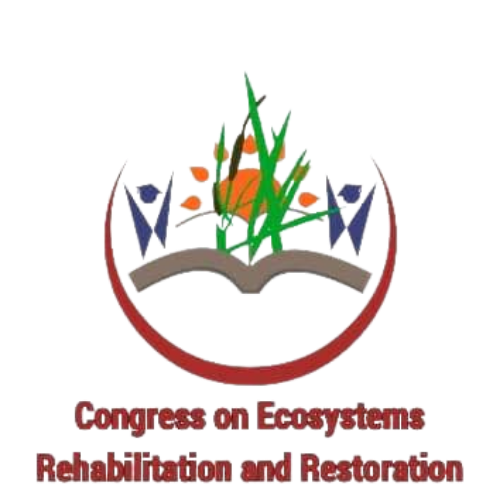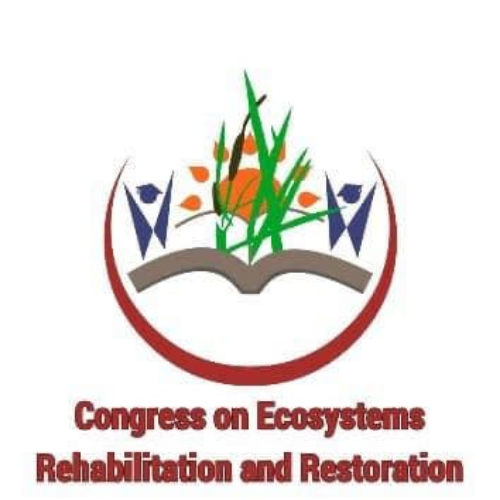Our Restoration Strategy
10 years to restore our planet. 10 actions that count. Every single day.
Against a backdrop of environmental crisis, the Ecosystem Restoration is a chance to revive the natural world that supports us all. A decade may sound like a long time. But it is these next ten years that scientists say will count most in the fight to avert climate change and the loss of millions of species. Here are ten actions in the strategy that can build a #GenerationRestoration.
1. Empower a global movement
The overarching goal is to stop and reverse the destruction and degradation of billions of hectares of ecosystems. It is a daunting task. It gets even more complicated given the immense diversity of ecosystems and the threats they are facing: from lush forests threatened by land-grabbers and wildfires to agricultural soils so eroded that they may only carry a few more years of harvests. No single entity can steer the course in this endeavour. Therefore designed to connect and empower the actions of the many. Groups and individuals can get informed about restoration opportunities in their area. They can join an initiative already underway or start their own.
2. Finance restoration on the ground
Restoration takes resources. Organizations driving activities on the ground are often underfunded and face long-term financial insecurity. While the benefits of restoration far outweigh the costs, initial investments in the magnitude of billions are needed. Governments, international lenders, development agencies and private business will all have to ramp up their support. Individuals can consider giving a donation, their time or their expertise to a worthy initiative.
3. Set the right incentives
Restoration is good for the planet and people. But leading on restoration is often not rewarded. Not only are there direct up-front investments, but caring for nature can also mean foregoing some of the financial gains of less sustainable practices. However, there are ways to change this: agricultural and fishing subsidies that often finance harmful practices could be used to support restoration instead. In the long-term, healthier ecosystems can produce bigger harvests, more secure incomes and a healthier environment for people.
4. Celebrate leadership
Over the past years, we have witnessed incredible momentum around restoration. Campaigns to plant trillions of trees have captured the imagination of many and communities have come together for mass planting festivals. Under the Bonn Challenge, more than 60 countries have committed to bringing 350 million hectares of forest landscapes back to life. Indigenous peoples have acted as defenders of their ecosystems for generations. We will celebrate leadership and encourage others to step up.
5. Shift behaviours
While restoration is always specific to a local environment, the forces that drive the destruction of ecosystems are often connected to global trends. Deforestation, the depletion of fish stocks and the degradation of agricultural soils are all caused by global consumption patterns. We will work with all partners to identify and encourage restoration-friendly consumption. This can range from shifting diets to promotion restoration-based products
6. Invest in research
Restoration is complex. Practices that work in one ecosystem may have adverse impacts in another. As the climate changes, new uncertainties arise. Returning to a former state may not be desirable as hotter temperatures or shifting rainfall call for more resilient plants and crops. Scientific understanding of how to restore and adapt ecosystems is still developing. Considerable investments are needed to identify the best practices to restore our planet – one plot at a time.
7. Build up capacity
Thousands of conservation and restoration initiatives are already underway. They will be fuelled by their vision, expertise and dedication. However, these practitioners often face multiple barriers that keep them from taking their projects to scale. Other critical sectors, such as finance, require more data and insights to make informed decisions. As a priority, we seeks to build the capacity of marginalized groups that stand to lose most from the continued destruction of ecosystems – such as indigenous peoples, women and youth to take an active role in restoration.
8. Celebrate a culture of restoration
The power to revive our environment does not lie with governments, experts and practitioners alone. Far from it: Shifting from plundering the planet to healing it is a cultural challenge. Our strategy therefore calls on artists, storytellers, producers, musicians and connectors to join us.
9. Build up the next generation
It is youth and future generations who are most impacted by the consequences of the current rapid destruction of ecosystems. They also stand to benefit the most from the creation of sustainable jobs based on a restoration economy. Our strategy makes a direct link between the wellbeing of youth and the goals of restoration. Education for restoration will turn today’s children into ecosystem ambassadors, provide skills for sustainable jobs and ensure that we achievement far outlive its timeframe.
10. Listen and learn
We would like to hear from you. If you are a restoration practitioner, take a quick survey to help us learn more about you and your needs.
Quick Links
Contact us
International Congress on Ecosystems Rehabilitation and Restoration (ICERR)
Department of Nature Conservation, Faculty of Natural Sciences
Mangosuthu University of Technology
511 Griffiths Mxenge Highway, Umlazi, 4031
Email: ecosystems@mut.ac.za
Tel: +2731 819 7670
All Rights Reserved | Congress on Ecosystems Rehabilitation and Restoration | Privacy Policy





